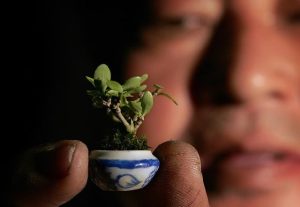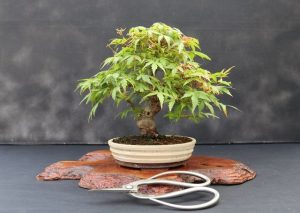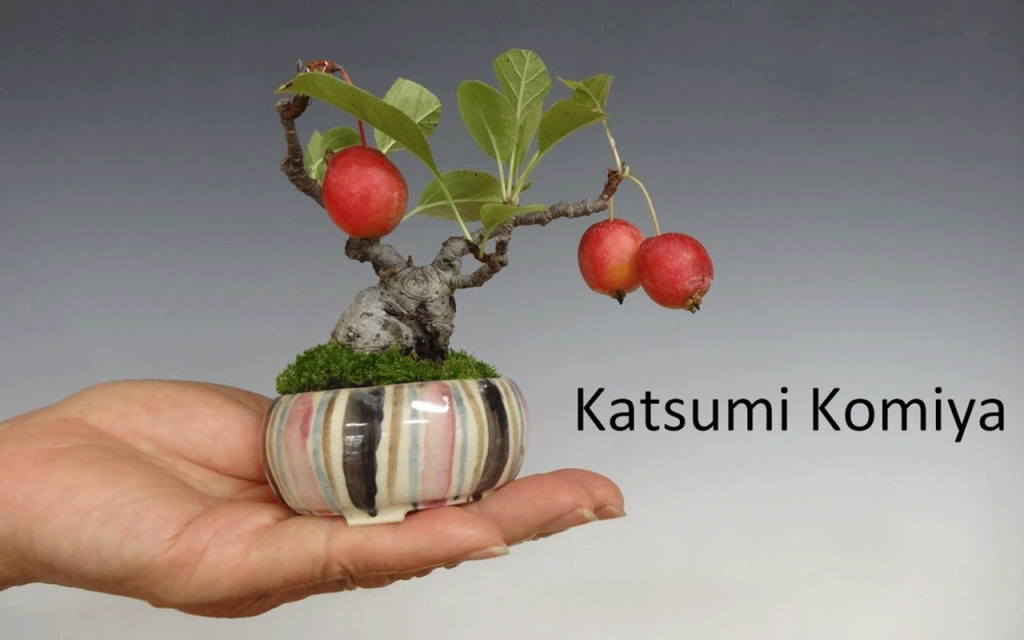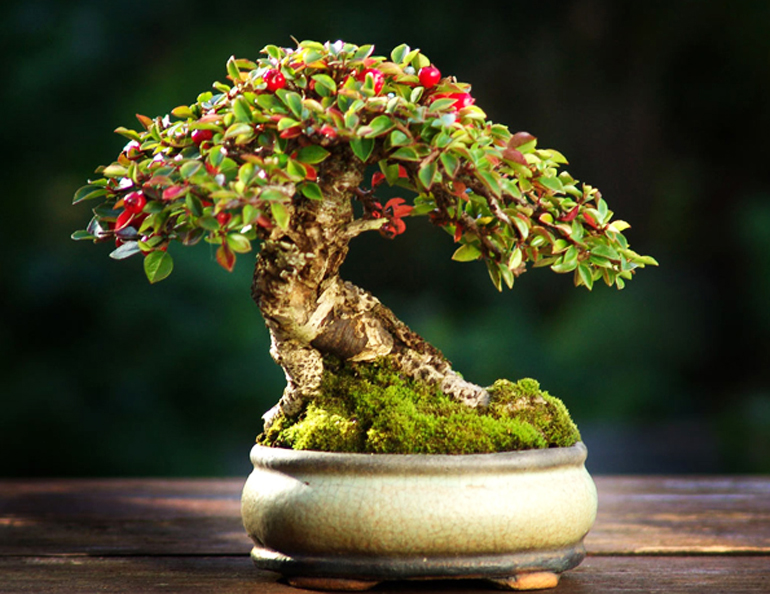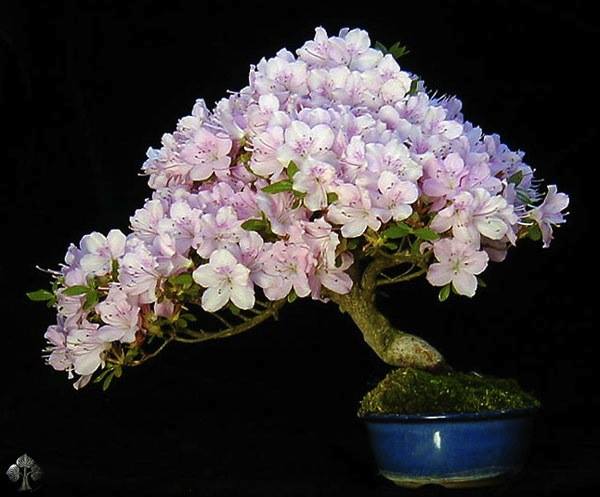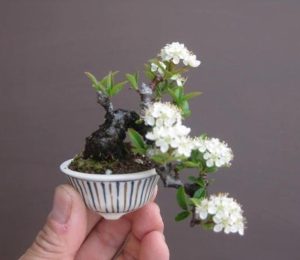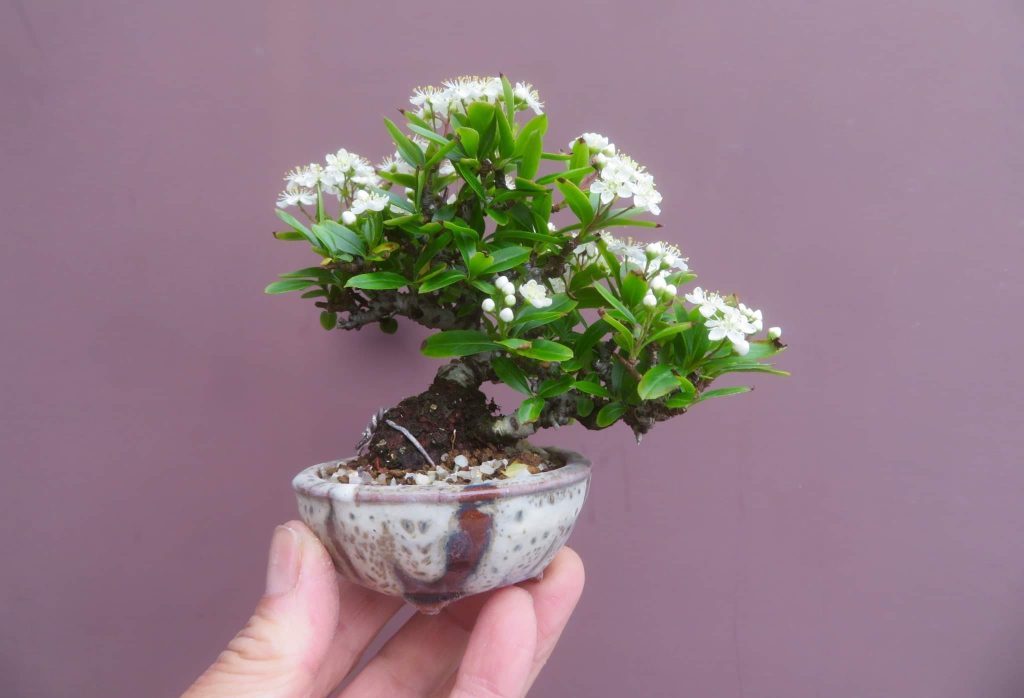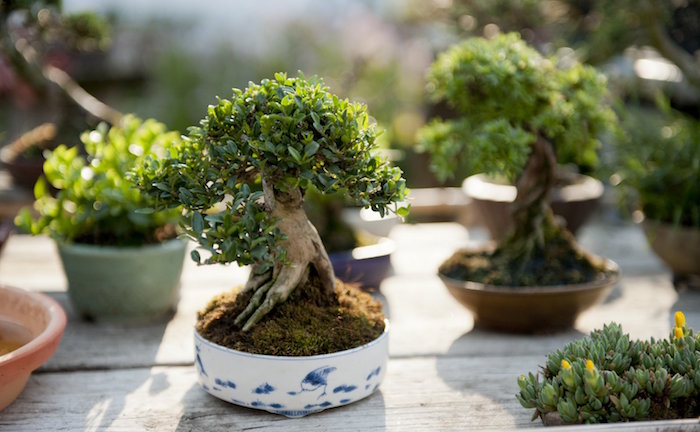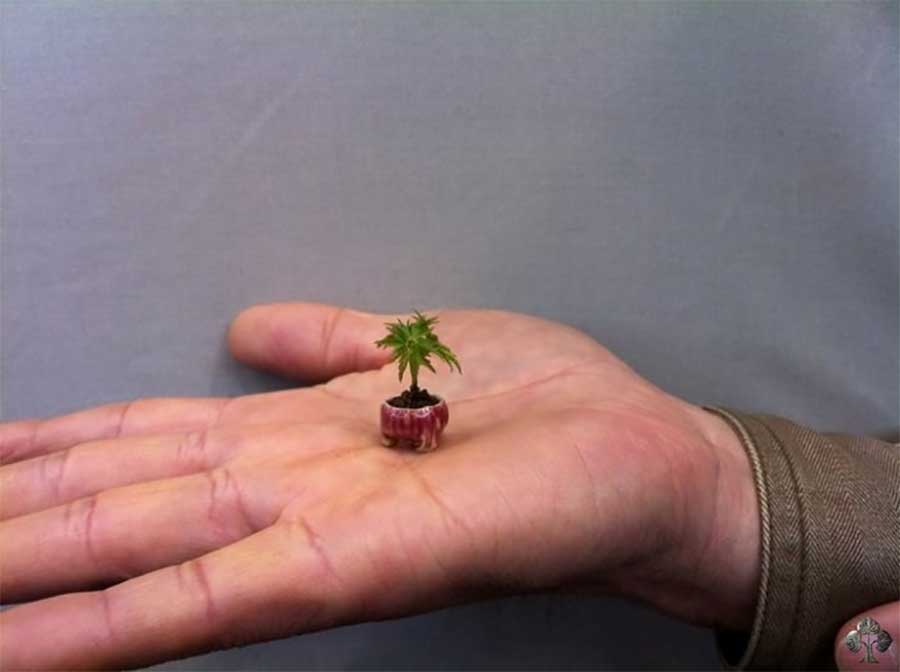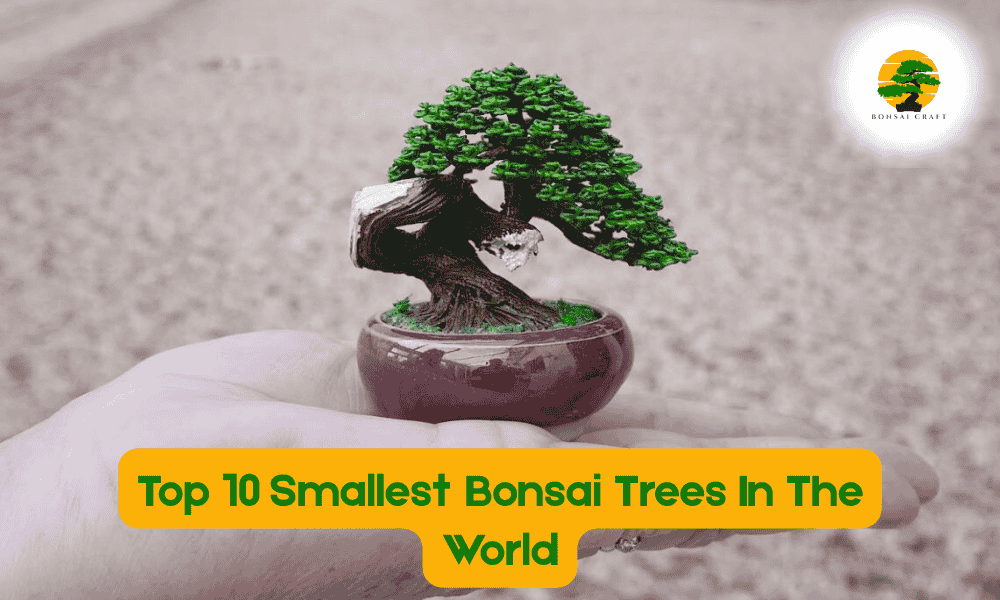
Bonsai, which refers to growing miniature plants in pots, is a centuries-old gardening custom that started in Japan over a millennium ago. What started as a meditative and creative activity has now transformed into a worldwide trend capturing the attention of hobbyists, nature enthusiasts, and professional artists. All bonsai trees exhibit a certain aesthetic appeal, but the smallest ones capture the imagination even further because of their fragile beauty and cultivation techniques.
This article showcases 10 record-breaking and visually stunning bonsai creations that, if you’re on the hunt for the smallest bonsai trees in the world, or are simply a fan of mini bonsai trees, have set the benchmarks in their field. Whether new to bonsai or an already captivated enthusiast, this guide reveals the secrets behind these masterpieces.
So let’s check out the following list of the top 10 smallest bonsai trees in the world.
Why Are Smallest Bonsai Trees So Special?
The Appeal of Miniature Bonsai Trees
The beauty of bonsai lies in their ability to represent full-grown trees in a miniature form. The smallest bonsai trees push this concept to the extreme, offering a truly fascinating look at nature in a tiny, portable form. Their tiny size doesn’t limit their intricacy; in fact, the smaller the tree, the more detailed and precise the care required. These bonsai trees often require years of care, careful pruning, and the right environment to maintain their size and shape.
The smallest bonsai trees are captivating because of their delicate size and the precise care they need. These miniatures offer an incredible example of craftsmanship and patience.
Top 10 Smallest Bonsai Trees in the World
1. World’s Smallest Bonsai Tree by Kuah Tee Teong
The smallest bonsai tree in the world, created by Malaysian bonsai artist Kuah Tee Teong, measures only 22mm in height. This tiny tree, crafted from Water Jasmine (Wrightia religiosa), defies expectations, featuring a twisted trunk, foliage, and even root flare despite its miniature size. Kuah Tee Teong has refused to sell this unique tree, emphasizing its personal and artistic significance.
Care Tips for the Smallest Bonsai Trees:
-
Requires constant attention, especially in terms of watering and humidity control.
-
The tree needs an extremely small but well-draining pot to maintain its structure.
The smallest bonsai tree in the world, created by Kuah Tee Teong, is only 22mm tall and made from Water Jasmine. This miniature tree is a marvel of craftsmanship.
Significance in Bonsai Culture
Particularly in Southeast Asia, which has more rigid boundaries on space, this tree has participated in a breadth of micro bonsai.
2. An Acer Palmatum Momiji (Japanese Maple)
The Japanese Maple (Acer palmatum), also known as Momiji, is a striking small bonsai tree admired for its vibrant seasonal colors. This particular miniature bonsai tree is around 20 years old but remains under 5cm tall, demonstrating how expertly bonsai can be cultivated to retain a full-scale appearance on such a tiny scale.
Care Tips for Japanese Maple Bonsai:
-
Grow in part shade and avoid direct sunlight.
-
Keep the soil consistently moist but not soggy, as this species is sensitive to drying out.
Japanese Maple bonsai (Acer palmatum Momiji) can stay under 5cm, featuring vibrant foliage that changes colors with the seasons, perfect for miniature bonsai collectors.
Legacy and Longevity
The miniature specimen retains an astounding yet supple appearance despite age. It has served as a scenic participant in international exhibitions and even in horticultural classes that study tree age, micro-environments, and bonsais.
3. Shohin Crabapple Bonsai by Katsumi Komiya
Katsumi Komiya, a Japanese bonsai master, is known for his incredibly small Shohin Crabapple Bonsai. Typically, Shohin bonsai are under 20cm in height, but Komiya’s version exceeds expectations with tiny white and pink blossoms and miniature crabapples. This miniature masterpiece shows the potential of fruit-bearing trees in a compact form.
Care Tips for Shohin Crabapple Bonsai:
-
Needs full sun for optimal flowering.
-
Requires regular pruning to maintain a compact, balanced form.
The Shohin Crabapple bonsai by Katsumi Komiya features tiny blossoms and fruit. This miniature tree pushes the boundaries of fruit-bearing bonsais in a small form.
Botanical Uniqueness
This tree has stood as a challenge to the production of fruiting varieties of trees in the Shohin and Mame classes. He has helped redefine the bar of expectation in what some call ‘miniature’ trees.
4. A Small Shohin Bonsai Tree by Morten Albek
Morten Albek, a renowned Danish bonsai artist, is known for his Shohin bonsai, which are typically under 20cm. His particular tree stands at just 10cm, with a thick trunk and well-structured branching, showcasing how even the smallest bonsai can be robust and vibrant.
Care Tips for Shohin Bonsai:
-
Plant in a small, shallow pot to maintain the structure.
-
Regular pruning is necessary to ensure strong, healthy growth and maintain its small size.
Morten Albek’s Shohin bonsai is an example of a powerful, compact tree, demonstrating how even trees under 10cm can have thick trunks and healthy, vibrant growth.
Pro Tip: Use finer pruning and defoliation to obtain the desired shape while still fostering back-budding into finer structure branching.
5. Flowering Bonsai Tree by Wolfgang Putz
Wolfgang Putz, a well-known European bonsai artist, created a 14cm flowering bonsai from an Azalea. Known for its deep pink and red flowers in the spring, this small tree requires precise care to thrive, given its sensitive roots and need for specialized nutrients.
Care Tips for Flowering Bonsai:
-
Azaleas need acidic soil with good drainage.
-
Keep in a cool, well-lit area to encourage healthy blooms in spring.
Wolfgang Putz’s 14cm Azalea bonsai is a flowering marvel that bursts into red and pink blooms. This tiny tree requires specialized care to maintain its vibrant appearance.
Aesthetic Influence
This social media and bonsai forum classic helped bring flowering types back into fashion in the mini bonsai tree world.
6. Flowering Mame Bonsai by Haruyoshi
Mame bonsai are the smallest bonsai trees around, often under 10cm, and Haruyoshi is known for his flowering Mame bonsai. These trees come with full-sized blooms despite their tiny size, showcasing the incredible artistry involved in miniaturizing fruiting and flowering plants.
Care Tips for Mame Bonsai:
-
Needs frequent watering during the summer months.
-
Ensure consistent light, humidity, and nutrients for healthy growth.
Flowering Mame bonsai by Haruyoshi features full-sized blooms despite its tiny size. These trees require consistent care to maintain their health and appearance.
Cultivational Achievements
This particular bonsai has participated in bonsai exhibitions in Tokyo and Osaka and serves as a standard model in Japan’s national bonsai certification tests.
7. Mini Firethorn Bonsai Tree by Haruyoshi
Mini Firethorn bonsai (Pyracantha) is a botanically unique and visually stunning tree, with red berries and thorny stems. It blooms in the spring, fruits in the summer, and retains leaves in the winter, making it a year-round charm. This tree fits in the palm of your hand, maintaining its compact size despite the seasonal changes.
Care Tips for Firethorn Bonsai:
-
Needs full sun to produce berries and flowers.
-
Regular pruning and water control are essential for its compact size.
Mini Firethorn bonsai (Pyracantha) has berries, thorns, and a year-round appeal. It’s a great tiny bonsai that thrives in full sun with regular care.
Educational Relevance
All botanical faculties in Japan have used this tree in research related to the mechanisms of miniature fruiting, particularly the effect of microdosing nutrients on berry production.
8. Juniper Shohin Bonsai tree by Morten Albek
The Shohin Juniper Bonsai by Morten Albek is another stunning example of miniaturization. This tree, though small in stature, embodies the rough, ancient look typical of juniper bonsai, with twisted trunks and dense foliage pads.
Care Tips for Juniper Shohin Bonsai:
-
Needs direct sunlight for healthy growth.
-
Prune regularly and remove deadwood to maintain its age-like appearance.
The Shohin Juniper Bonsai by Morten Albek showcases ancient beauty with a twisted trunk and compact growth. It thrives in direct sunlight and benefits from regular pruning.
Pro Insight: Juniper bonsai benefit from enhanced age and drama from regular jin and shari (deadwood) techniques through greater visual aging.
Influence and Teaching
This tree appears on Albek’s online bonsai school’s website as a primary model for Shohin training as well as for the design philosophy Shohin training and design philosophy.
9. Another Acer Momiji Bonsai Tree
The Acer Momiji (Japanese Maple) is often regarded as one of the most visually stunning bonsai trees due to its vibrant seasonal foliage. This ultra-small Japanese Maple bonsai has been submitted for a Guinness World Record for the smallest bonsai tree. Despite its small stature, it showcases intricate leaf structures and vibrant colors.
Care Tips for Acer Momiji Bonsai:
-
Requires cool temperatures and partial shade.
-
Regular pruning helps maintain its small size and vibrant color changes in the fall.
The Acer Momiji bonsai is known for its seasonal color changes and small size, with leaves that remain vibrant and well-formed despite its miniature growth.
Highlight: Pruning the leaves and consistent fertilization allow the tree to maintain dwarfed proportions without sacrificing the shape or color of the leaves.
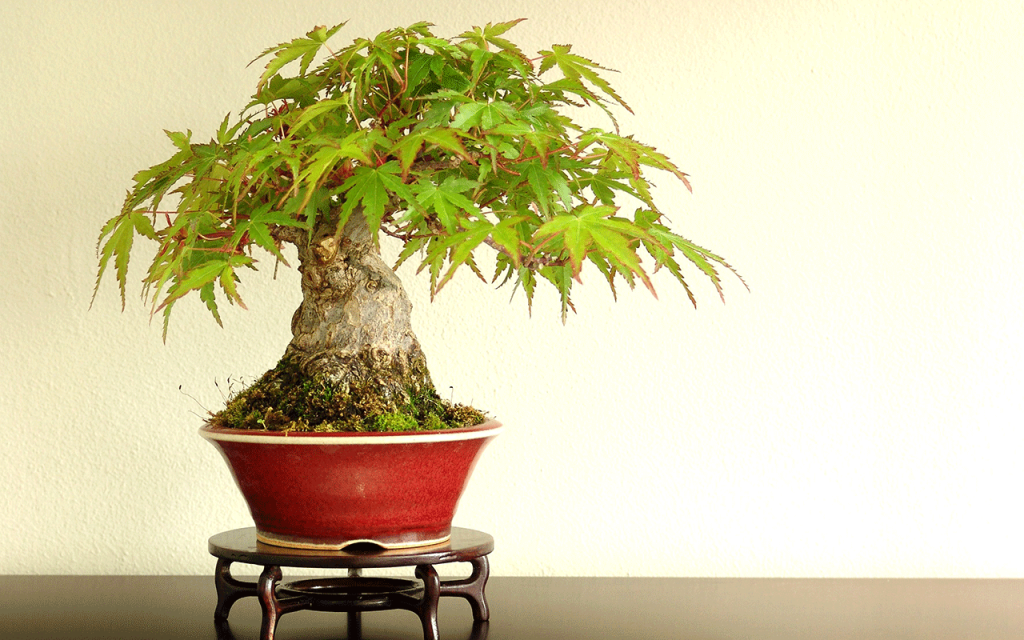
10. Another Small Maple Bonsai Tree by Morten Albek
Another small Maple bonsai by Morten Albek measures only 4 inches (10cm). Planted in a rock crevice to mimic a naturalistic scene, this bonsai undergoes beautiful transformations in spring when it flowers and during winter when it produces red berries.
Care Tips for Maple Bonsai:
-
Requires well-drained, slightly acidic soil.
-
Regular pruning is necessary to maintain its small size and unique naturalistic style.
A small Maple bonsai by Morten Albek shows the dramatic transformations of a mini tree, with red berries in winter and beautiful flowers in spring.
Conclusion: The Art of Miniature Bonsai Trees
The smallest bonsai trees in the world represent the pinnacle of bonsai artistry, requiring immense skill and patience to cultivate. Whether you’re interested in tiny bonsai trees like the Shohin Crabapple or the smallest bonsai tree ever created by Kuah Tee Teong, there’s no shortage of miniature trees to admire and care for. These small bonsai trees are not just a hobby, they are an art form that showcases the beauty of nature in the smallest of packages.
By incorporating the tips and techniques shared in this guide, you’ll be well on your way to nurturing your very own miniature masterpiece. Happy bonsai growing!
FAQs About the Smallest Bonsai Trees
What is the smallest bonsai tree in the world?
The smallest bonsai tree in the world, created by Kuah Tee Teong, measures just 22mm in height. It is made from Water Jasmine (Wrightia religiosa) and is considered a marvel of bonsai miniaturization.
Are mini bonsai trees hard to care for?
Yes, mini bonsai trees are difficult to care for. They require precise attention to watering, humidity, and light levels. Their small size means they dry out quickly and need constant care to maintain their shape and health.
Can mini bonsai trees grow fruits and flowers?
Yes, many mini bonsai trees, such as the Shohin Crabapple and Firethorn, can grow fruit and flowers despite their tiny size. These trees are specially cultivated to produce miniature versions of their larger counterparts.
What is the difference between Mame and Shohin bonsai?
Mame bonsai are typically under 10cm, while Shohin bonsai range up to 20cm. Mame trees are the smallest type of bonsai, while Shohin bonsai are slightly larger but still considered miniature.
How do I start growing a mini bonsai?
Start with species like Juniper or Maple. Use well-draining soil, and prune regularly to maintain the size. Consider joining a bonsai community for expert advice and guidance on growing mini bonsai trees.

